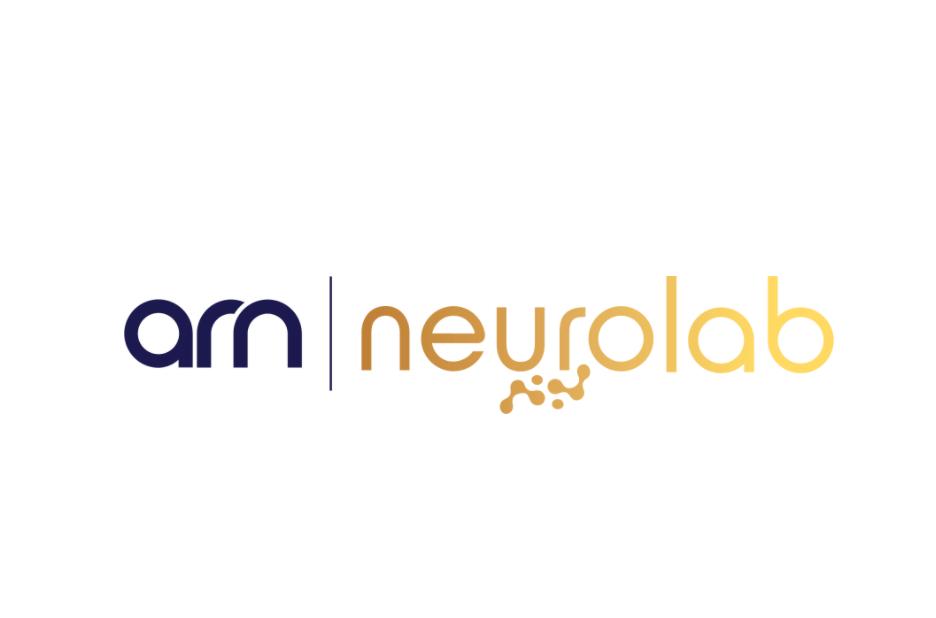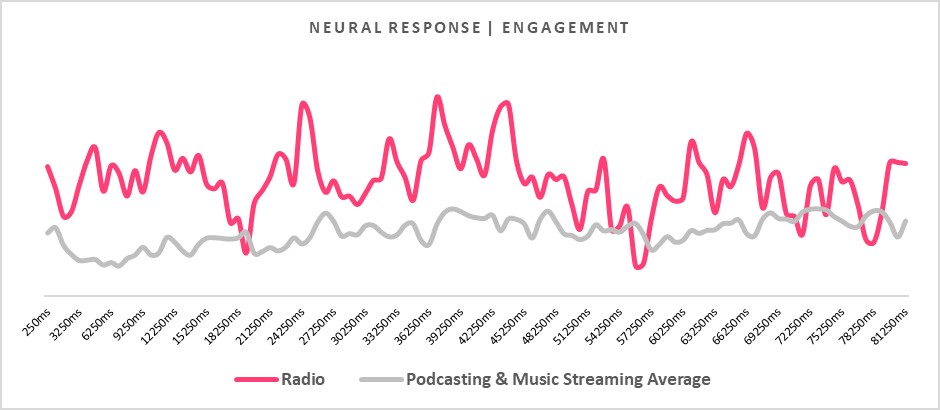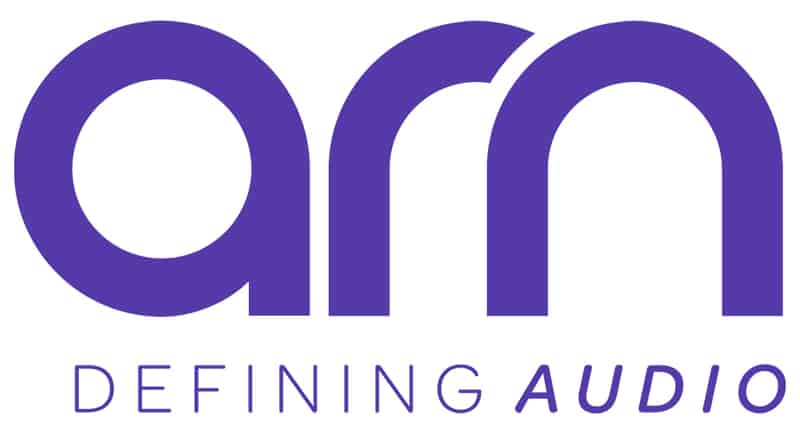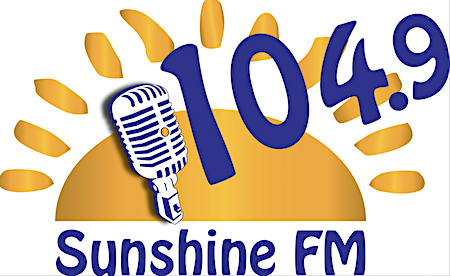Radio advertising ‘keeps the brain on its toes’: ARN

Australian Radio Network (ARN)’s new Neuro Lab has released its first tranche of its research.
The ‘Sound You Can See’ research studied how the brain processes radio, podcasting and music streaming.
Its findings, ARN said, show that people process them as fundamentally different products, which offers advertisers unique opportunities to promote their brands across each medium.
It’s part of a series to reshape the way the industry understands and uses audio advertising.
The ‘Sound You Can See’ study claims radio has an unrivalled ability to engage listeners, and to do so for extended periods. It said radio ads cause 60% more neural engagement than other audio formats, keeping the “brain on its toes”.
Comparatively, podcasting provided an environment primed for high levels of memory encoding, and music streaming’s relative strength was creating strong positive attitudes towards brands.
ARN said the combined findings indicate radio ads can be created with a higher degree of creative flexibility without the content disrupting the listening experience. Content and advertising must align, however, ARN said.
“In fact, when content and advertising doesn’t match, attitudes can vary by up to 170%. With this in mind, to optimise effectiveness, more considered messaging should be planned across the different audio channels,” ARN said.
The study measured engagement, attention, attitude and memory by mapping brain activity of people engaging with both audio content and advertising. ARN said by using neuroscience, it was able to get an extended view of how listeners connected with the different audio formats by analysing over 40,000 data points every second.
ARN’s director of research and insights, Justin Stone, said: “The use of neuroscience to complement traditional marketing techniques will produce a much more comprehensive view of how our listeners interact with audio formats. The response from agencies has been one of enthusiasm, providing never-before-seen insight into how clients’ campaigns perform in an audio environment.”
ARN’s research and neuroscience specialist, Dr Shannon Bosshard added: “Radio, podcasting, and music streaming are fundamentally different products, each offering advertisers with unique opportunities to promote their brands. Until now, no commercial or academic entity has assessed the differences in these three audio products. This is the first time that anyone has demonstrated, from the perspective of the brain, that radio, podcasting, and music streaming are processed differently and should be treated differently, in the same manner that audio and audio-visual mediums have been.”




What in the Judy Garland does this even mean?
Advertising in podcasts should be different to radio? Well sure.
Probably didn’t need neuroscience to figure that out.